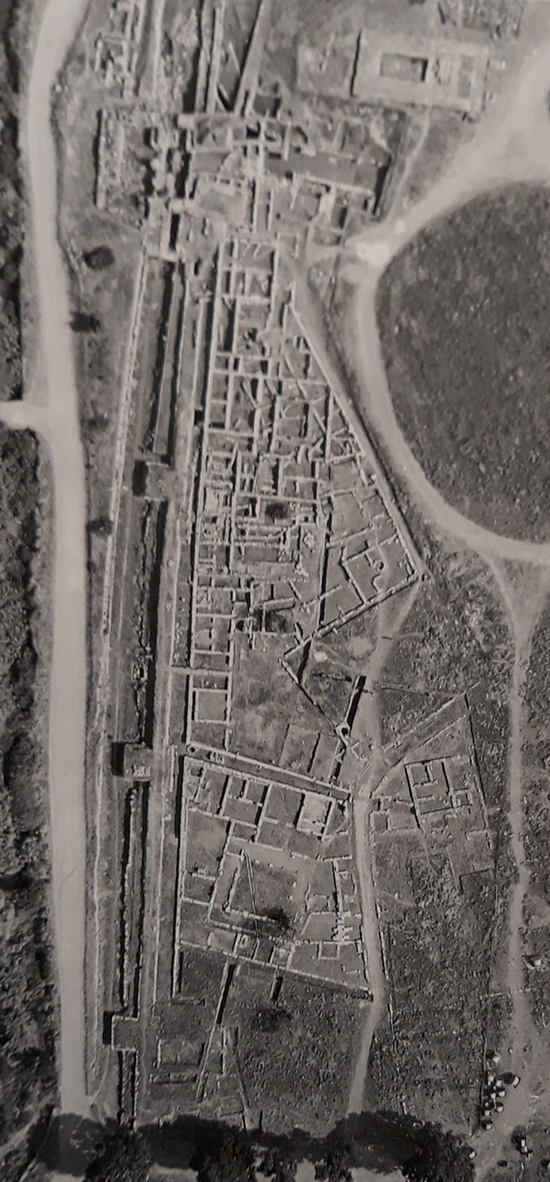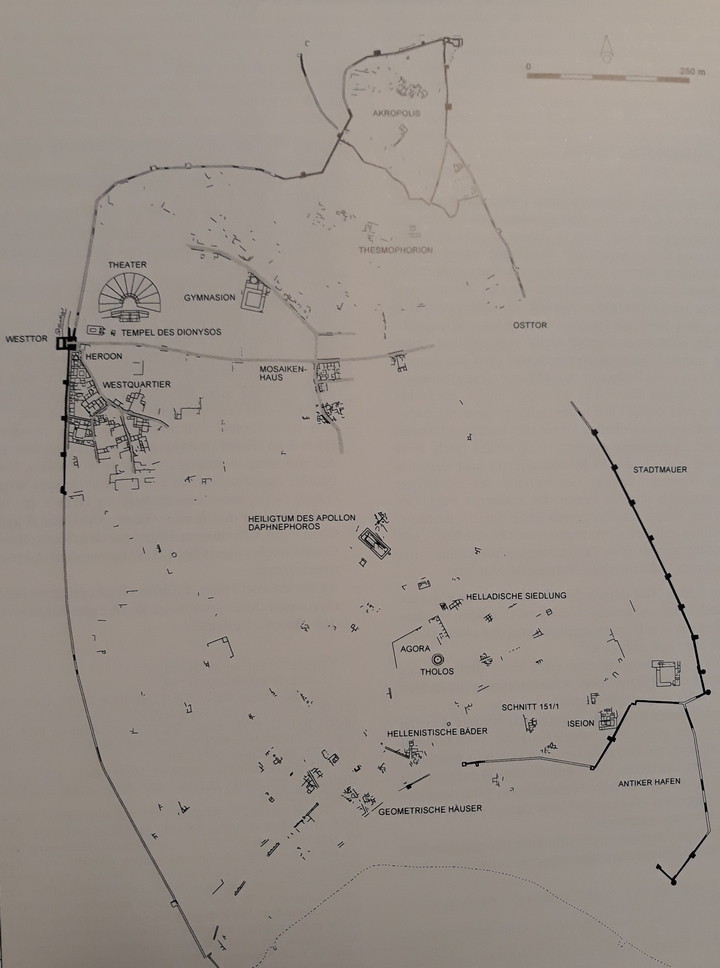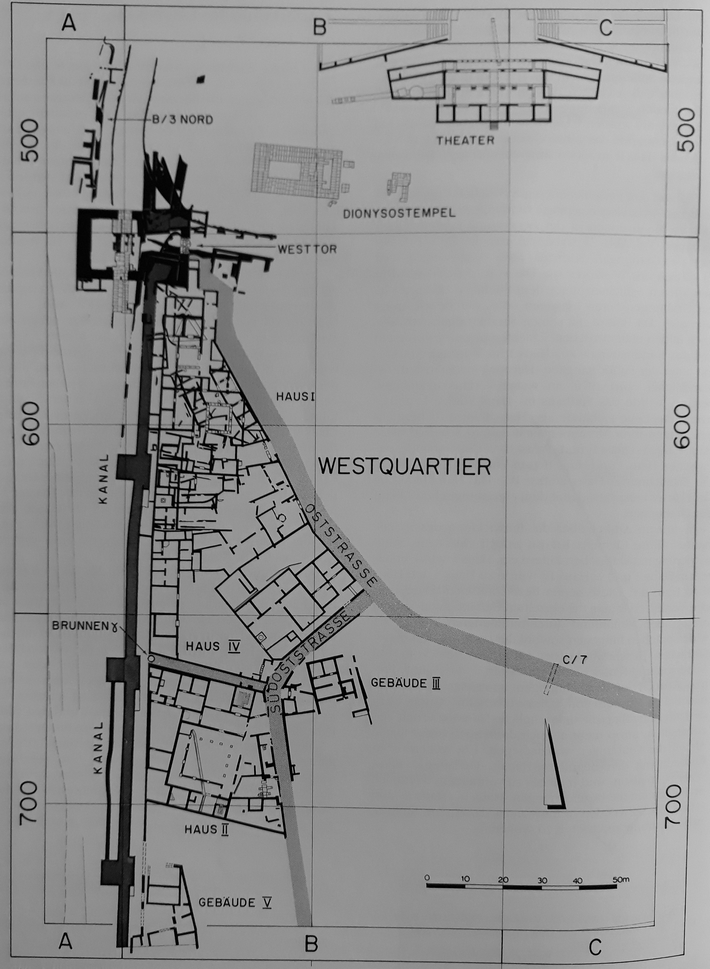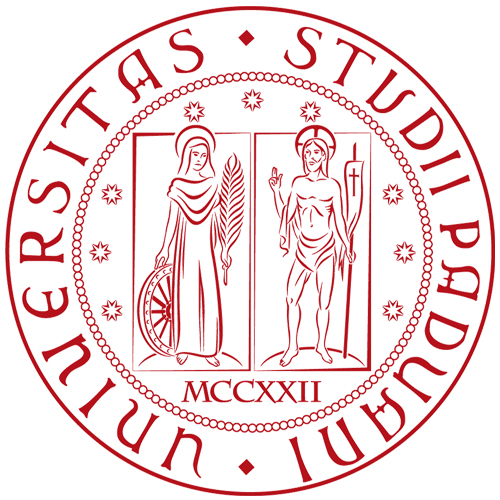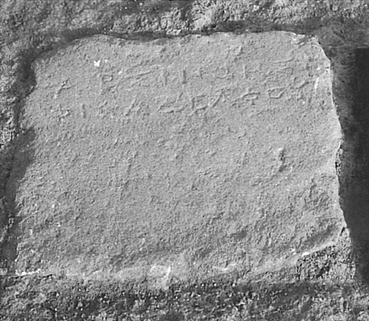
PHRC050 : Dedication to Arsinoe Philadelphos, Eretria - Euboea (270-240 BC) Dedication
Permanent ID http://s.phrc.it/phrc050
Images
Photo 1: Photo of the stone, from Reber et al. 1998, photo 141
Photo 2: Plan of the Hellenistic House IV, from Reber et al. 1998, photo 138, with indication of the find spot of the inscription
Photo 3: Plan of the western neighbourhood of Eretria, Reber et al. 1998, photo 2
Photo 4: Aerial photo of the western neighbourhood of Eretria, from Reber et al. 1998, photo 3
Photo 5: Plan of the archaeological site of Eretria, from Reber et al. 1998, photo 1

